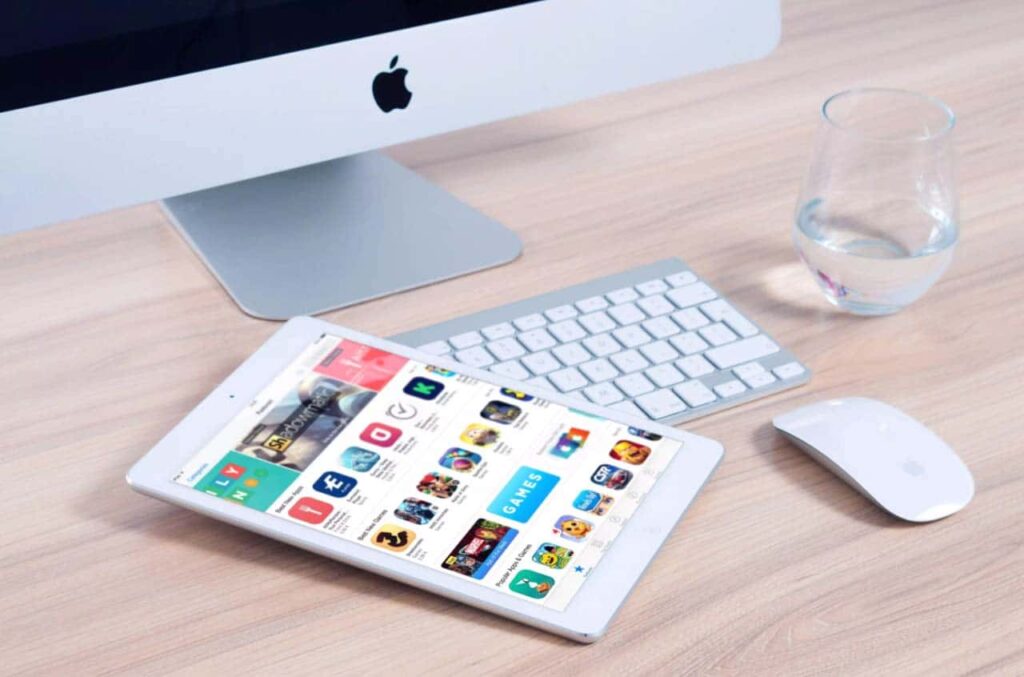You’ve got an idea for an app for iPhone—either one you’re just starting, one that you’re halfway through the process of, or one that’s just about finished. Maybe you’ve even launched it already. But a business isn’t just a product—you need to find people to buy it, too. In short, you need to market your iOS app. We’ve already talked about a few app marketing strategies such as optimizing for the iOS App Store or consumer engagement in previous blog posts; here are a few more you might not have considered.
Collaborative Mobile App Marketing Through Cross-Promotion
You’re not the only one who’s looking for methods to market your app, and we’re going to let you in on a secret: anyone who isn’t a competitor is a resource. You want an ad on an app; so do they. Why not trade? Advertise another app on yours in exchange for them doing the same. It’s a cheap and easy way to get free publicity for both parties.
There are a few ways to do this: the iOS App Store has an inbuilt marketing option, and you’ll need to pick an app that is both popular and relevant to yours. The second option is dealing with another developer directly. Make sure to choose someone you think will want to advertise with you.
Marketing Your App with Free Content
People love free stuff. Word of mouth is critical to the success of your app marketing campaign, and if you want to generate it that means you need people to want to try your product. Creating free and premium alternate versions to market on the app store is a great way to net positive reviews from customers who might not otherwise download the app (you can also provide the premium option as an upgrade through an in-app purchase). Additionally, promotional versions of the app can be shared with tech blogs or a “startup community,” who are actively looking for apps to review and share. Review sites can serve the same purpose, so be sure to put your app there as well.
Motivate Return Users
Getting customers to download your app is only the first step. A significant number of users abandon a mobile app after one use; even if your app is a one-time purchase with no ads or microtransactions, you still want people to use it regularly—nobody’s going to recommend a product they don’t use.
You need to find a way to keep customers returning to the app, to keep it in the forefront of their minds. This actually plays to your strengths; the easier an app is to use, the quicker it is to respond, and the more pain points it solves, the more likely a customer is to keep coming back. Even then, marketing the app doesn’t end once it’s been downloaded; you need to keep convincing people to use it, whether that be through gamification or any of the other methods on this blog.
